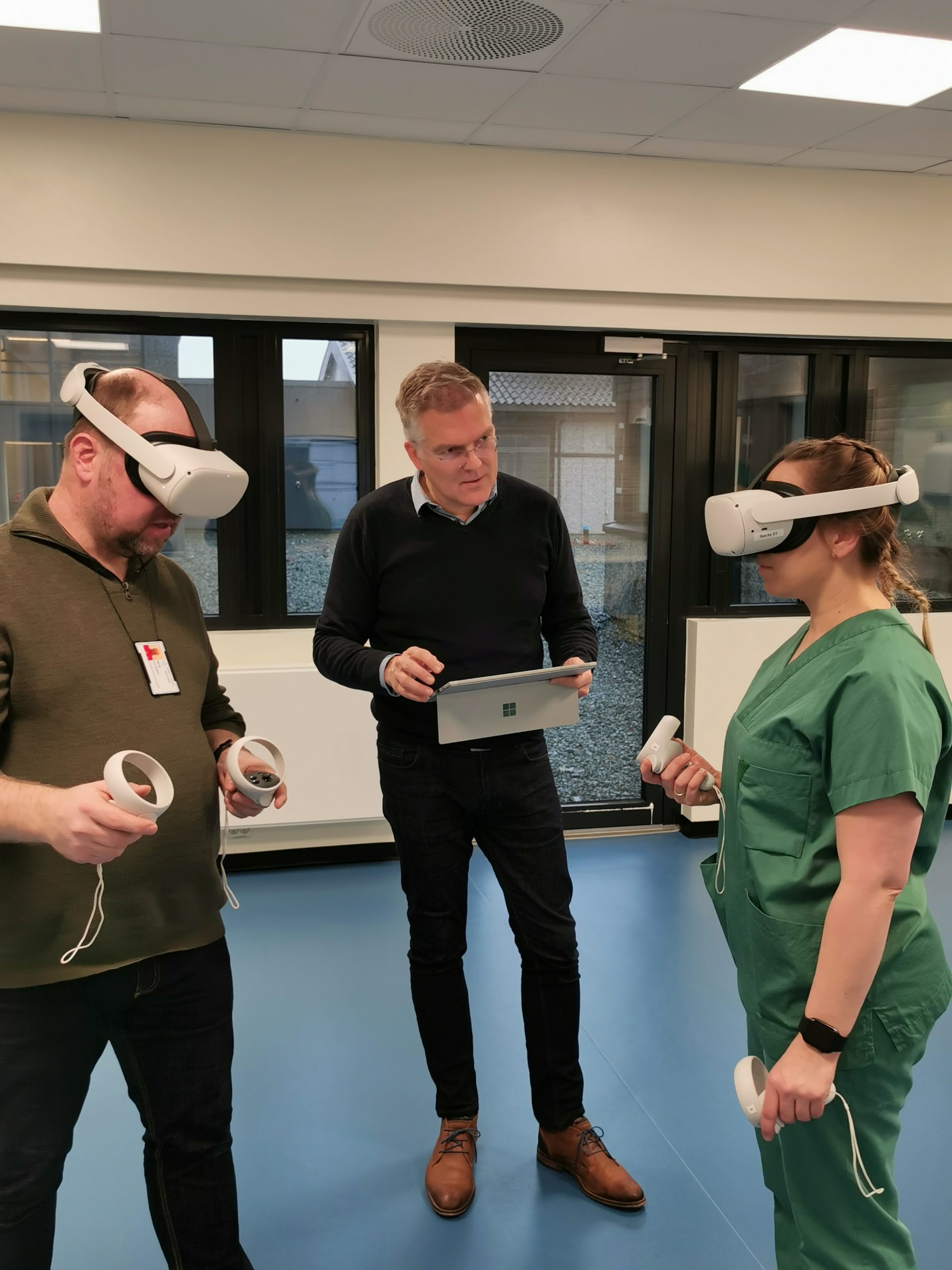Get to know the journey into Virtual Reality of Martijn Boosman, who joined SimX to support and expand its global team
We were happy to meet Martijn Boosman at the IMSH 2023, where he answered a few of our questions.
Martijn Boosman is an expert in simulation training for emergency responders. He co-designed the disaster medicine simulator ISEE Hospital, and founded XVR Simulation, the 3D simulation training system for crisis and mass casualty management. Recently Martijn was appointed Business Development Manager at SimX, the leading US provider of Virtual Reality healthcare training software.
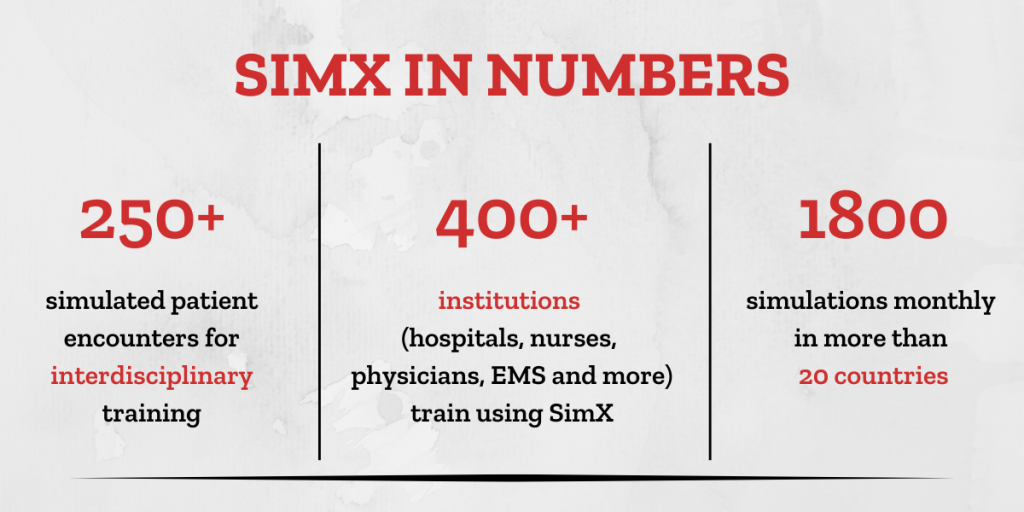
In this interview, you will learn a little more about Martijn’s journey in the field of VR, his plans for the new position, as well as some advice to adopt VR solutions in our training curricula.
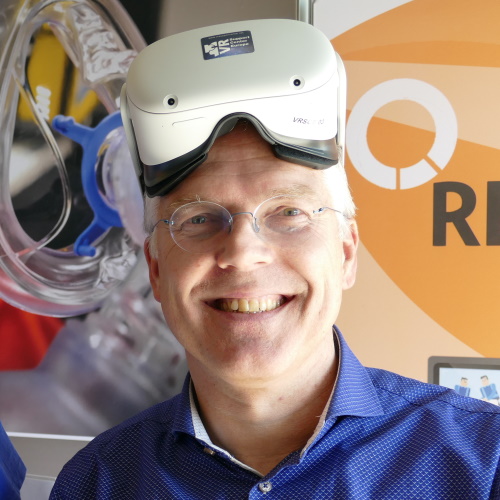
Hi Martijn, thanks for sharing with us your long-standing experience. Can you introduce our readers to what jobs you have been doing, and how you came to simulation?
I have always been fascinated by emergency response, but I chose to be an engineer instead of a medical professional or firefighter. To keep in touch with this desire to be an emergency responder I got involved in many different simulation training initiatives.
In the medical simulation domain, I have been lecturer in simulation training at the European Master in Disaster Medicine and together with experts from the emergency and disaster medicine research groups ReGEDiM (in Brussels), CRIMEDIM (Novara, Italy) and EmergoTrain (Sweden) I designed and created the ISEE Hospital mass casualty training system and its underlying VictimBase casualty simulation engine.
These and many other projects in the training domain were all done through the company XVR Simulation which I founded back in 2000. XVR is a 3D simulation training system for emergency response decision-makers. Mass casualty management and medical triage are key training objectives that can be achieved with this system
In recent years, I have started to focus on full immersive Virtual Reality (VR). Initially I have been focusing on firefighting VR training but I was honored to be invited by SimX from the US to focus on healthcare. Besides the virtual side of medical simulation training, I am also still closely involved in the classical side of training though my involvement in Secta Medical in The Netherlands, which is distributor, for example, of iSimulate REALITi and Gaumard simulators.
Can you tell us in a few words what Virtual Reality is?
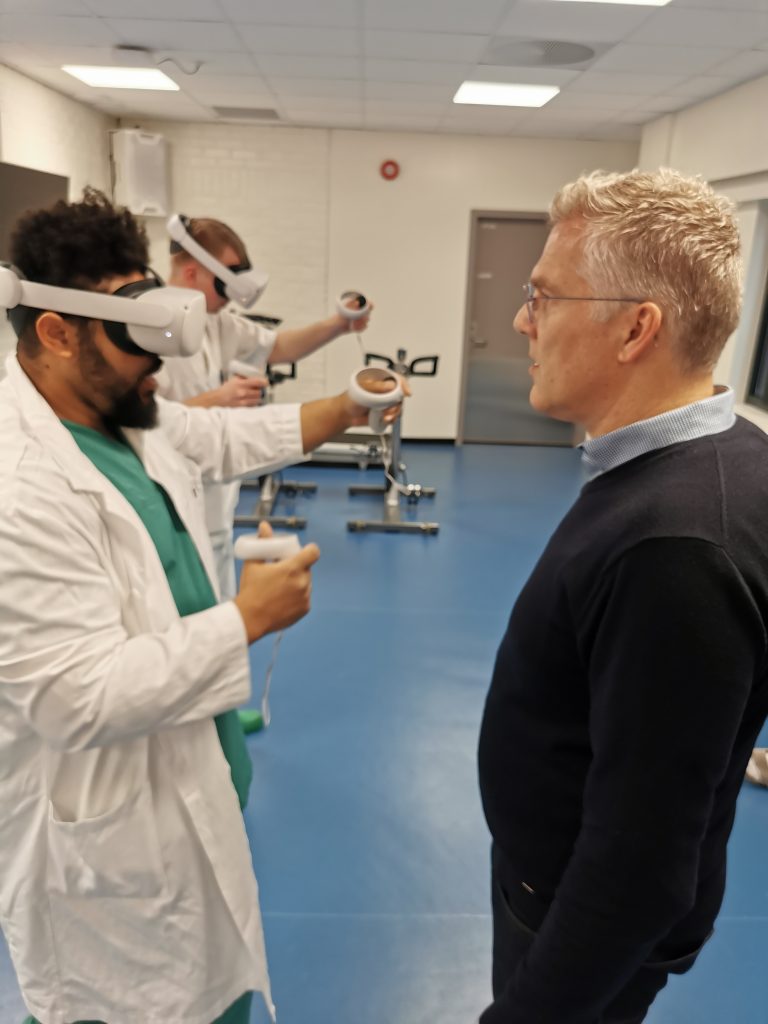
Virtual Reality for me is putting on a VR headset and being fully immersed inside a 3D environment. I am saying “for me” because some people are of the opinion that also standing in a 360 degree surround projected space, like the immersive room, is called VR.
What are the main challenges that the adoption of VR tech has to face?
The main challenge is the “way we do it every day”. Every training organization is busy and has established a process to work and train day by day. VR technology is disruptive. Not only because it is virtual instead of physical. But most importantly because to implement VR requires organizations to change the way they work. And change is one of the most difficult things there is.
Based on your experience, what do you think educators still don’t understand about VR?
I think that several educators think (or expect) VR to replace skills training. It does not, VR does not allow you to properly train physical skills like intubation or inserting an IV or catheter. And because I am not a big believer in VR gloves, I don’t think VR will provide enough tactile feedback for skills training. VR instead provides you with a unique opportunity to train procedural and team collaboration skills in a very realistic environment. In this context, VR training has shown to surpass manikin-based training, because of the visual realism it can provide.
You recently joined SimX VR Medical Simulation. What is your current role?
My job title officially is Business Development Manager for Europe, Middle East and Asia Pacific. I joined the SimX team to support and develop its expanding global team and its distributor network.
What attracted you to SimX?
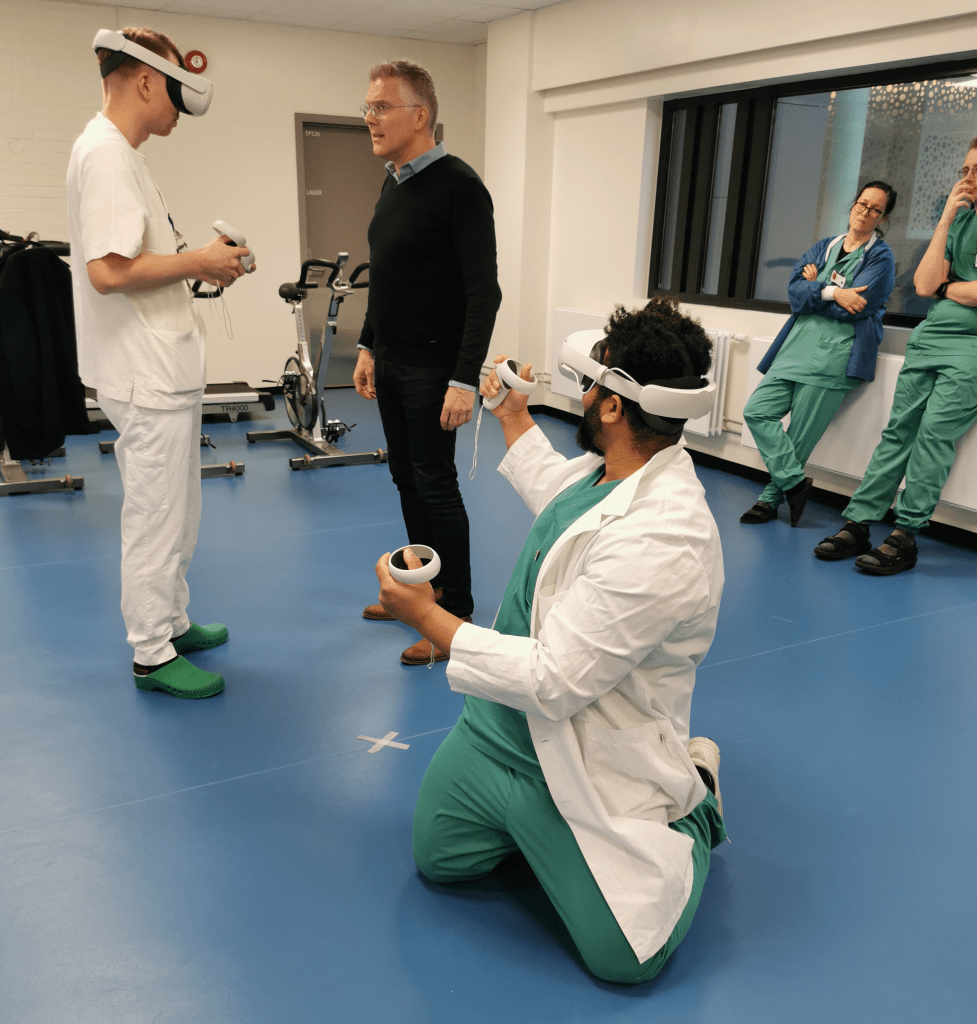
SimX is a company created by clinicians. Every functionality SimX offers is designed from a clinical training background. Working for SimX brings back memories from the time I worked closely together with Dr. Michel Debacker from Belgium when we designed the “VictimBase” together. Once they are aligned with each other, engineers and medical doctors form a balanced team that can create effective innovations for medical training.
What are the projects that SimX intends to carry out in the coming years to help the community of simulationists and educators also embrace this simulation methodology?
The company’s key focus is making the user experience with SimX as easy as possible. Now, all an educator needs to run a full scale simulation exercise is a small laptop with a touch screen and some headsets.
Another focus of SimX is the development of more Virtual Manikins. These high-fidelity manikins in Virtual Reality allow educators to create a large variety of medical simulations and control the patient’s vital signs throughout the exercise.
Can you share a case of a successful implementation of SimX VR solution for healthcare providers in Europe?
SimX is being implemented in several healthcare simulation training centers in Europe. A user that stands out for their professionalism and innovative motivation is the Romanian VR Sim Expert Team in Targu Mures. Dr. Emilia Turucz is leading a team of young physicians who are implementing SimX in their healthcare curriculum. The feedback we receive from their use of SimX is very valuable and Dr. Turucz and her team are actively sharing their knowledge with other VR users.
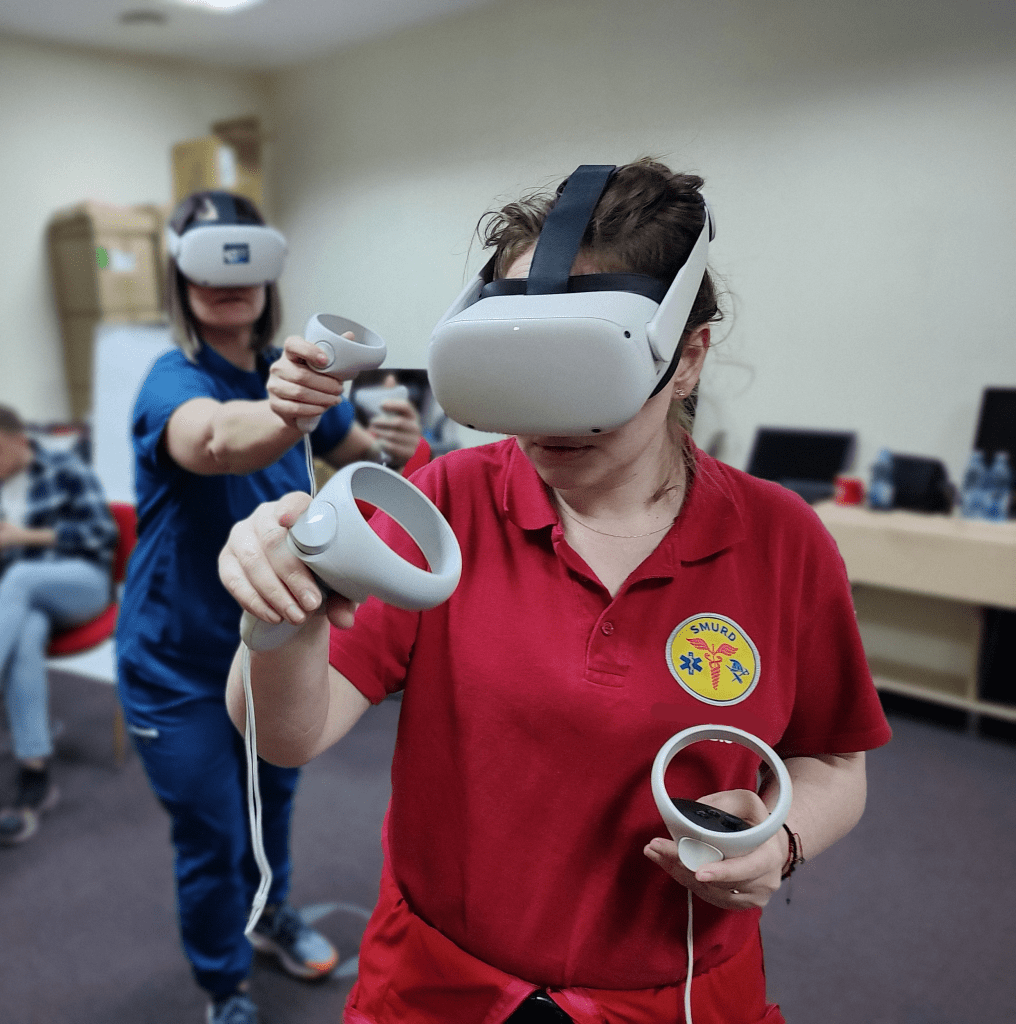
What advice would you give to educators who are new to VR and are hesitant about adopting it?
My key message is: «don’t be afraid and just give it a try». You don’t need to find a large investment budget, like you would for the purchase of a manikin, to implement VR. Buy headsets and purchase a license from one of the suppliers and you can find out yourself if it works for your organization. At SimX we even offer demo licenses to educators who consider using VR but haven’t tried it.
Thank you, Martijn, for sharing your views. We wish you all the best in your new role.
READ ALSO



